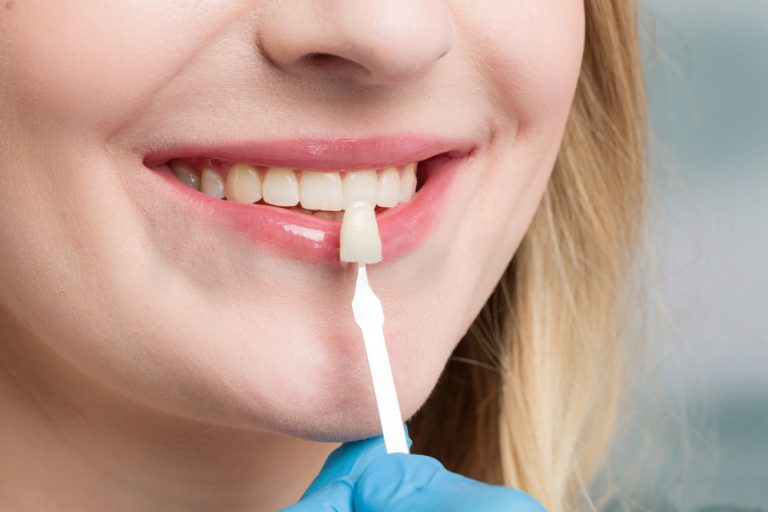Crowns:
An artificial Crown replaces the natural crown, the part of the tooth seen above the gum. Natural crown may be damaged by trauma, or wear. Existing large fillings weaken the natural crown and the tooth needs to be restored with a crown in order to function properly. Getting a root canal treatment also weaken already weakened tooth and a crown may be recommended.
Bridges:
Bridges replaces one or more missing teeth. They consist of an artificial tooth anchored to the natural teeth on each side of the gap. If you adjacent teeth are not damaged or heavily filled your dentist may recommend you to have an implant to replace the missing tooth.
Crown and bridge are usually made of porcelain and gold alloy.
Porcelain is strong and can be made to match the colour of the natural teeth. It is resistant to staining and can be cleaned if it becomes stained.
Gold alloy is used for strength, hardness and durability. It is especially useful for molars which must withstand the forces of grinding and crushing.
Teeth have many functions apart from chewing and biting, so missing teeth should be replaced for the following reasons:
- To improve appearance
- To prevent stresses causing damage to other teeth
- To prevent the teeth near the gap from shifting
- To maintain the natural bite
- To improve chewing ability.
You will require at least two appointments for preparation and filling of a crown or bridge;
On your first visit, the dentist will make an impression of the upper and lower teeth to make a permanent record of their appearance and how they fit together when your jaws are closed.
Then the tooth is shaped using a drill, making it smaller by one or two millimetres. After shaping, another more accurate impression is taken to record changes to the prepared tooth.
To protect the prepared tooth, a temporary crown is attached to the reshaped tooth with temporary cement.
On the second appointment, the temporary crown is removed; the new crown is placed over the reshaped tooth to check and cemented to the tooth with more definite cement.
After fitting, minor adjustments are often needed to achieve comfort.
In preparing a bridge the teeth on either side of the gap are shaped by drilling.
These teeth are fitted with crowns which carry a tooth for the replacement tooth and this bridge is then cemented firmly in place.
Crowns and bridges have no lifetime guarantee. As with natural teeth, regular dental check-ups, regular flossing with “superfloss” and brushing with extra attention around the margins where decay is more likely are required.
As with any medical treatment, crown and bridge work has rare complications
- Breakage of a tooth during preparation
- Infection of the pulp or gums
- Pain or discomfort
- Altered feeling
- Loose crown or bridge
- Allergic responses

